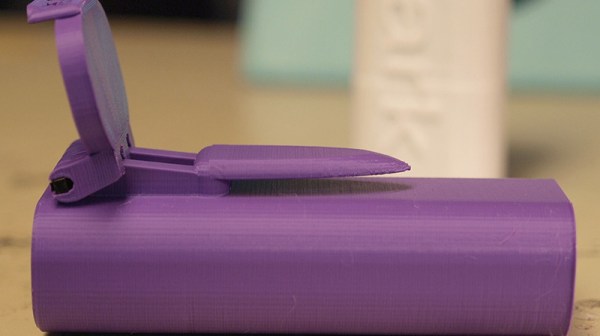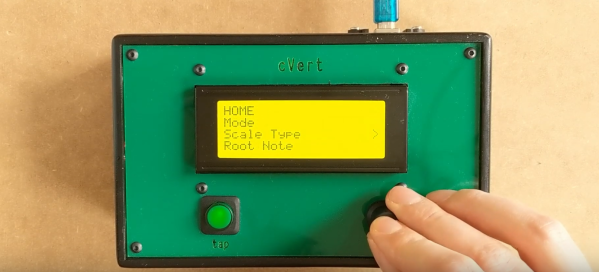OpenSCAD is one of the most powerful 3d modeling applications around. Its beauty is in its simplicity; if you need a box, you can just write the code for a box. If you need some bit of plastic to keep your 3D printer running, you can just write the code for that bit of plastic. Like all programming languages, OpenSCAD is only really powerful if you have a huge back-catalog of various components ready for reuse. That’s where [Mark]’s library for hinged boxes comes in handy. Every type of box you would ever want to create, from boxes with covers, magnet closures, or cases for your glasses is easily accessible with just a few lines of code.
The work presented here is an OpenSCAD script to generate two-piece hinged boxes, with rounded corners, a lid, interlocking rims, and optional snap fit, magnet, or screw closures. As you would expect from OpenSCAD, everything in this script is parametric. You can change any measurement or simply delete entire sections of the box.
The included examples consist of a small mini-Altoids tin-sized ‘Bee Box’ with a snap-fit lid. All of the relevant dimensions of the snap-fit lid are variables. Other examples include an eyeglass case and a box for small parts storage that interlock. If you have a few rolls of filament, a lot of time on your hands, and want to organize your workbench, you could do worse than checking out a few of these OpenSCAD boxes.

















